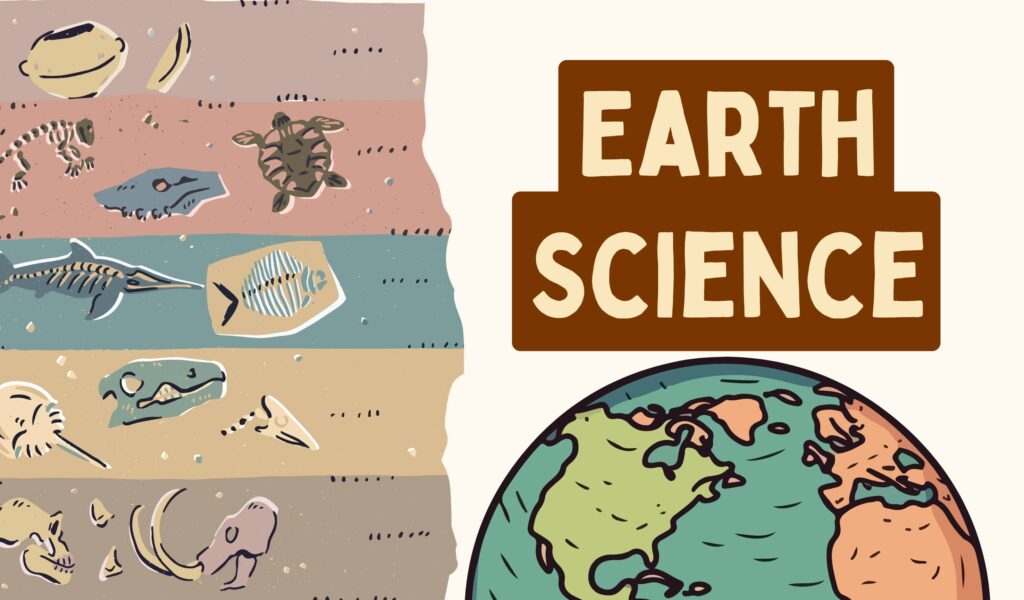Stars (2): Life Cycle & Constellations
$4.99 Original price was: $4.99.$4.49Current price is: $4.49.
Description
A comprehensive guide on Stars – part 2
Topics:
- Star formation in nebulae
- Stages of a star’s life cycle: protostar, main sequence, super giant, supernovae, white dwarfs, neutron stars, black holes
- Constellations: naming, history, and significance
- Famous constellations: Orion, Ursa Major, Cassiopea
- Observing constellations
Learning Objectives:
- Trace the life cycle of stars: main sequence, red giant phase, white dwarfs, neutron stars, or black holes.
- Outline the features of the stars in each stage of the life cycle.
- Explain the properties of the Sun and the North Star.
- Define constellations and describe the significance of constellations in navigation and culture.
- Identify prominent constellations and explain their visibility throughout the year.
Key Features:
- Eye-catching cover page to captivate students’ attention right from the start.
- Clearly outlined learning objectives to guide student progress and understanding.
- Detailed notes section for recording essential information and facilitating student engagement.
- Minimum of 4 interactive activity links with QR codes, offering a range of options such as videos, virtual labs, online games, interactive websites, online tutorials, and catchy songs.
- Concise summary to reinforce key concepts and facilitate comprehension.
This versatile resource is perfect for both classroom instruction and home learning!
The slides are intended for personal use in your own classroom and cannot be used commercially, even if modified. They may not be freely shared or distributed on the internet.
The slides are aligned with the learning objectives of the Grade 10 in the new British Columbia BC curriculum. To access a comprehensive collection of learning objectives, please browse the supplementary slides offered in this store.
Additional information
| Grade Level | Grade 6 |
|---|---|
| Language | English |
Reviews (0)
Only logged in customers who have purchased this product may leave a review.
Related products
Diversity & Survival
Electricity & Magnetism
Diversity & Survival
Ecological Relationships: Competition, Predation and Symbiosis
Forces & Motion
Forces & Motion
Diversity & Survival
Electricity & Magnetism
Electricity & Magnetism


















Reviews
There are no reviews yet.